- Our Products
- Upper Extremity
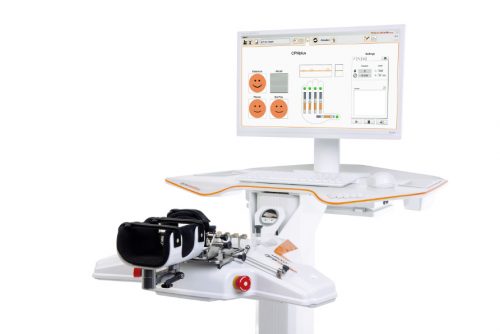 AMADEO The hand therapy world champion
AMADEO The hand therapy world champion
Boredom in finger-hand rehabilitation? Not with AMADEO! Motivation in the course of therapy is just as essential as fingers and hands are for daily life. Regardless of whether it is an adult or child, AMADEO increases therapeutic ambition with sophisticated robotics and a playful approach, and also visualizes the smallest successes in all phases of rehabilitation. Bottom line: AMADEO is simply unique.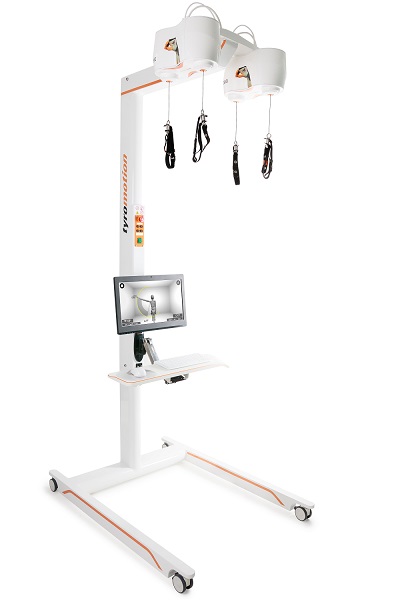 DIEGOBilaterally back to life
DIEGOBilaterally back to life
Finally go fishing again? DIEGO® skilfully assists patients with its unique intelligent weight relief. With its three-dimensional therapeutic area and virtual reality, DIEGO® enables the ideal transfer of what you have learned into everyday life – exactly with the required support. Nothing more and nothing less.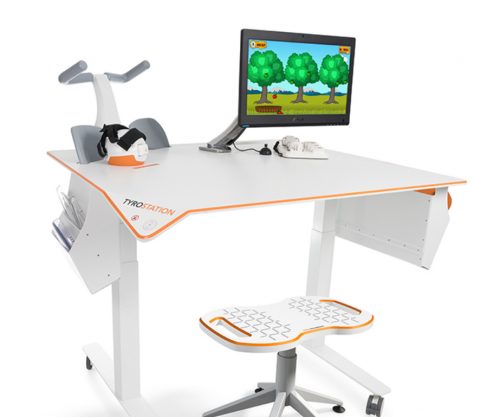 TYROSTATION Endless options, well organized
TYROSTATION Endless options, well organized
Anyone who is as versatile as PABLO® and TYMO® needs structure to really unfold. The Tyrostation is home to all individual components of our two all-rounders and also provides perfect ergonomic adaptability for every patient.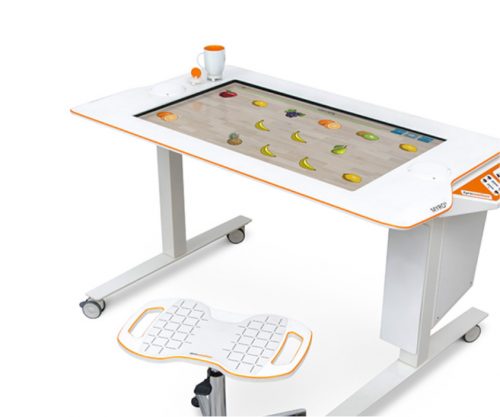 MYRO Full of variety, versatility, innovation and creativity
MYRO Full of variety, versatility, innovation and creativity
Real objects, power control, touch applications and a whole lot of fun: this is what constitutes goal-oriented, intuitive therapy with MYRO. The sensor-based surface is the basis for creative therapy which brings about meaning and self-determination in daily life.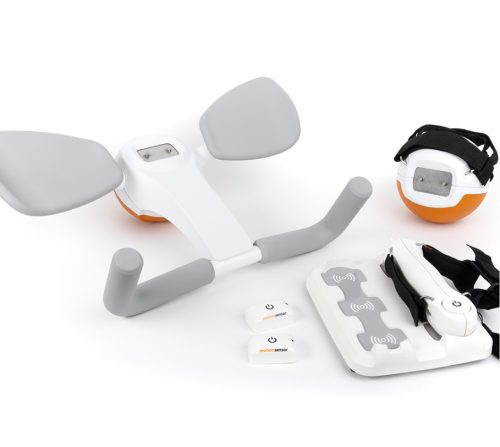 PABLO As versatile as life
PABLO As versatile as life
PABLO® is an all-rounder when it comes to activities of daily living. Position sensors and numerous accessories open up incredibly versatile therapeutic options in a safe environment for patients of all impairment levels.
- Lower Extremity
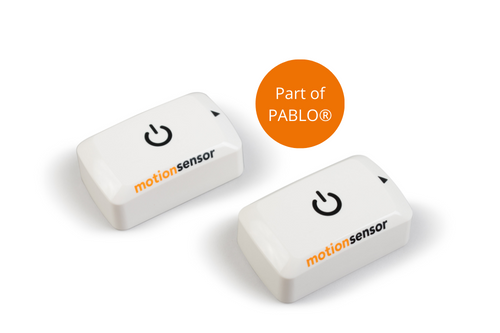 PABLO Lower ExtremityPart of PABLO®
PABLO Lower ExtremityPart of PABLO®
Always know where therapy is going
PABLO® Lower Extremity, our gait analysis and training system, precisely measures the parameters which are required for the selection of the most effective therapeutic measures for gait improvement. Simple and location-independent application as well as size-independent measurement makes the package complete – small device, great effect!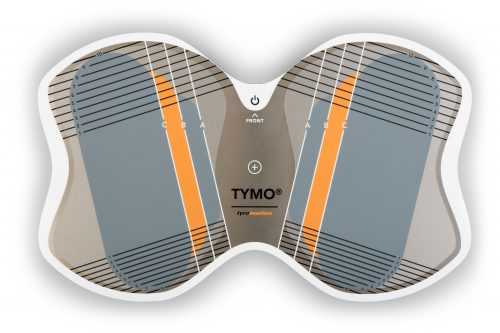 TYMO Balance in perfection
TYMO Balance in perfection
TYMO, a portable posturography system and the world’s thinnest balance platform. Flexible in application, TYMO trains postural control in a sensitive, specific and meaningful manner, and is therefore the basis of all movements. Motivation and fun are included.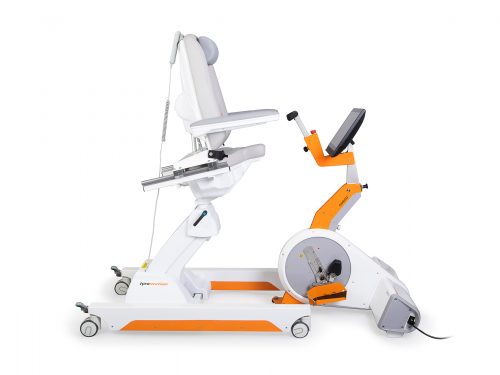 OMEGO Plus Therapy for all phases of gait rehabilitation gone motivational
OMEGO Plus Therapy for all phases of gait rehabilitation gone motivational
Two separate drives mobilize the patient in an effortless, isolated and focussed manner, and therefore make OMEGO® the long-desired stopgap between mobilization and locomotion. What else remains for patient and therapist to do? Train in a motivated manner, have fun and achieve goals.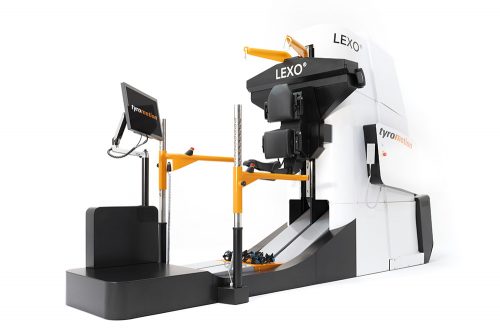 LEXOGait training at its best
LEXOGait training at its best
Maximum number of steps and intensity, low in height, easy handling and fast setup time: Impossible? It works! With LEXO® patients take the first impressive steps back to mobility and enjoy the feeling that things are finally getting better again.
- MTT-Line
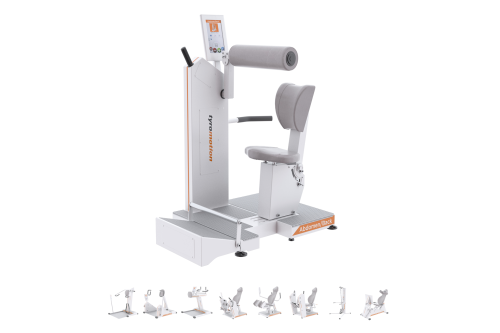 MTT-Line Medical training therapy
MTT-Line Medical training therapy
The barrier-free MTT-LINE specifically strengthens the six major muscle groups of the human body.
- Software
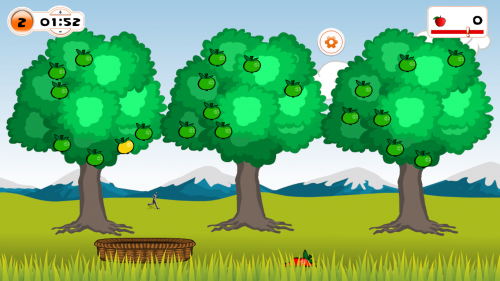 TyroS The heart of our technology
TyroS The heart of our technology
Our TyroS software – developed by and together with therapists – is the heart of our technology that combines devices, know-how and therapeutic games. It is a sophisticated therapeutic system that helps challenge and encourage patients.
- Upper Extremity
Health
Spinal cord injury (SCI): When brain and body no longer communicate
29. November 2022 ● 4 min. Reading time
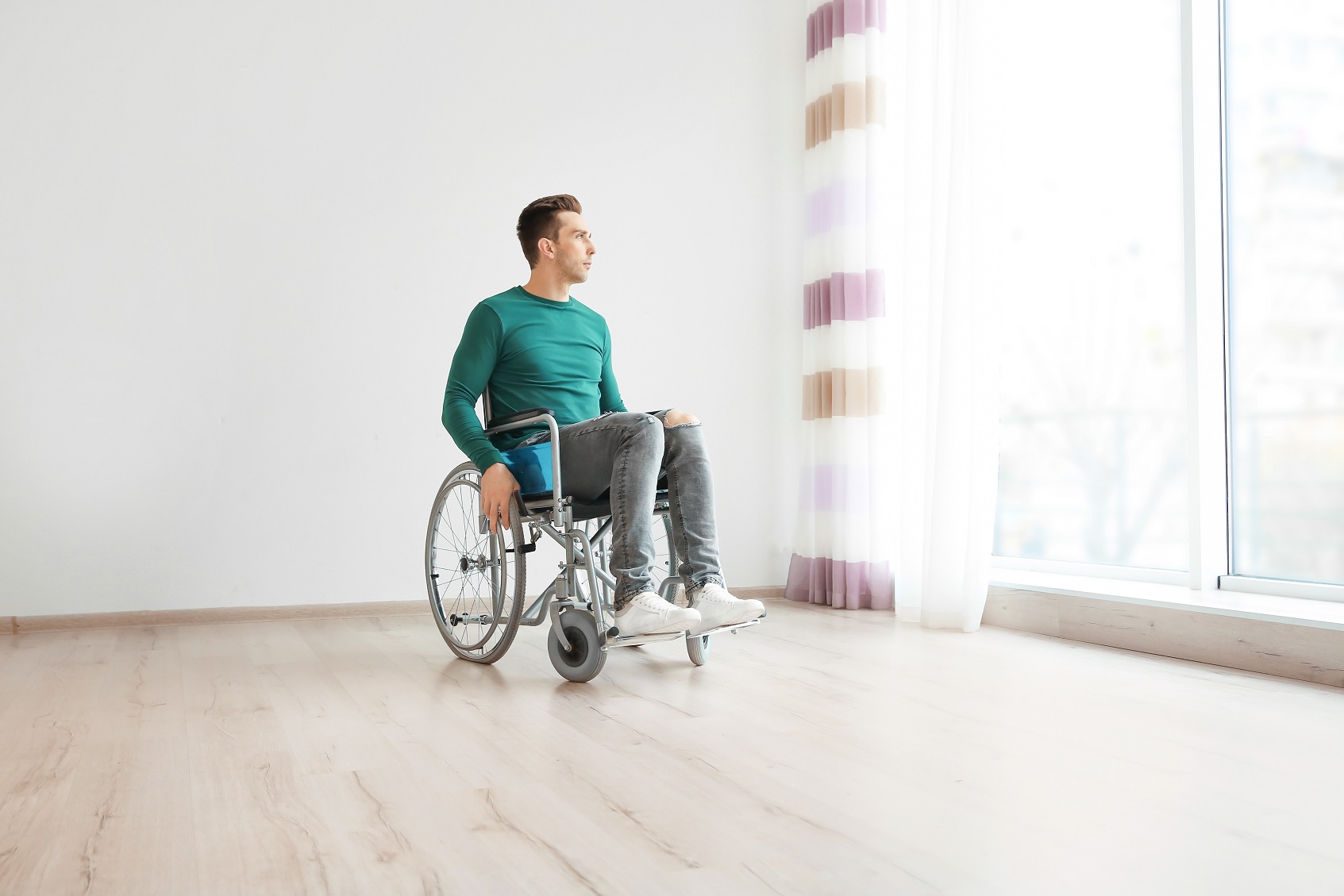
What happens in an SCI?
The spinal cord is part of the central nervous system. It transmits information from the brain to the body. In simple terms – the brain issues a command, the spinal cord transmits and shapes that command, and the body carries it out.
A similar thing happens with stimuli: When someone touches our shoulder from behind, nerve fibers transmit this sensory information to the brain via the spinal cord. The brain issues the command “turn around.”
If the spinal cord is injured, transmitting nerves can no longer perform their functions. Signals from the brain (efferent) to the body and/or from the body to the brain (afferent) are transmitted only in part or not at all.
If motor nerve fibers are affected, the results are various forms of weakness or paralysis. If sensory fibers are affected, sensations like pain, pressure, or temperature are dulled or not felt at all.
The result of partial or complete spinal cord damage is called paraplegia (if only the torso and legs are affected) or tetraplegia (if the torso, arms, and legs are affected).
Complete vs. incomplete paralysis
In a complete spinal cord injury, the spinal cord is damaged so severely that any function or sensation below the injury site stops. The affected body regions are paralyzed.
In an incomplete spinal cord injury, the spinal cord is usually bruised or contused. Some residual motor and sensory capabilities are maintained. The location and the severity of the injury determine which impairments occur and how severe they are.
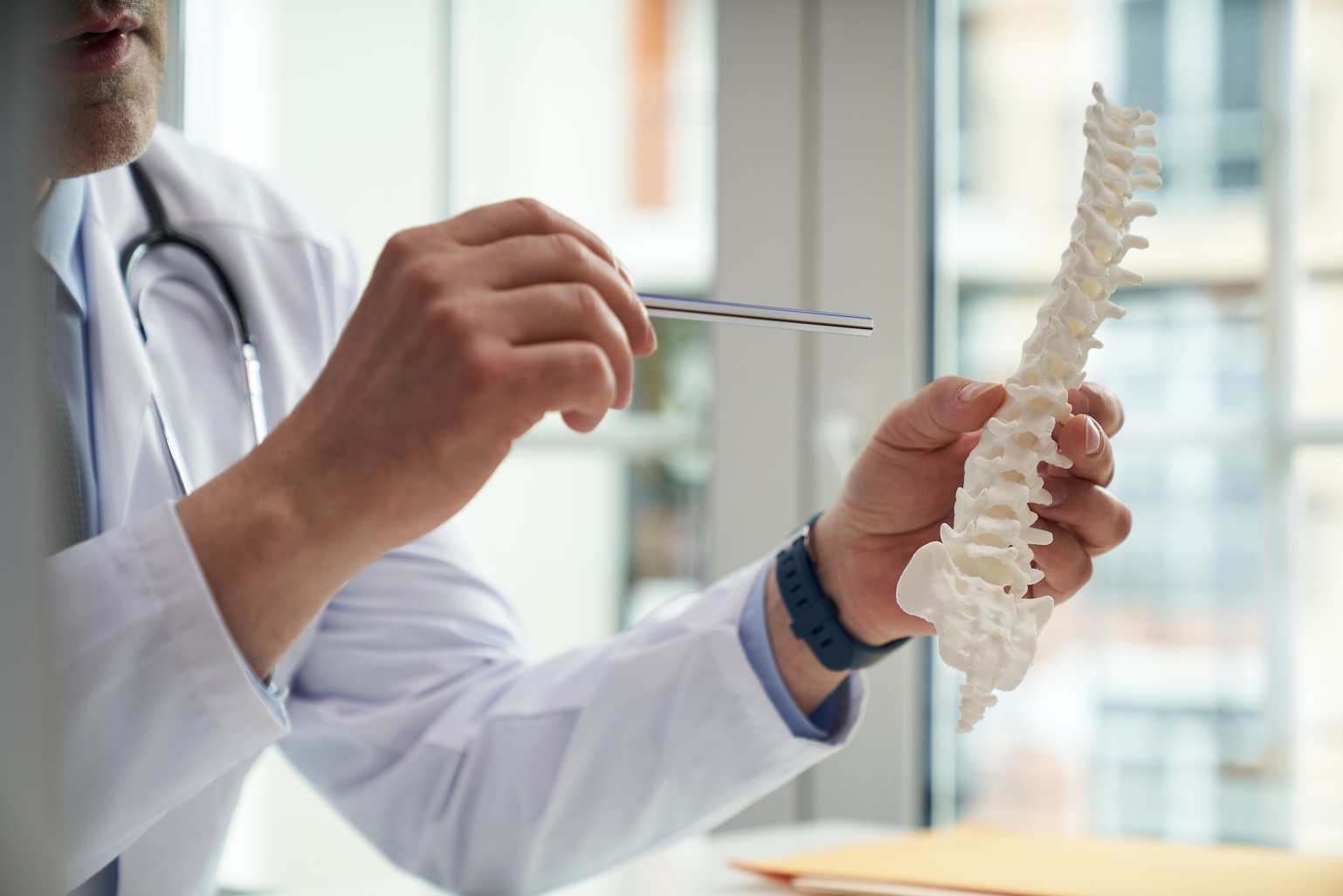
SCI: Location is key
The closer the damage to the spinal cord is to the head, the more extensive the consequences are for the patient.
Spinal cord injuries along the cervical spine are particularly catastrophic. Injuries at the first thoracic nerve and above (C1-T1) affect the arms, legs, and torso. Some patients with injuries to the uppermost cervical spinal cord (C1-C4) will depend on ventilation devices. Cervical spinal cord injuries result in tetraplegia (paralysis of arms, legs, and torso, or complete tetraplegia) or tetraparesis (weakness of the arms, legs, and torso, or incomplete tetraplegia).
If the injury occurs between the second and twelfth thoracic nerves (T2-T12), the patient retains use of their arms and hands and has limited control of their torso. The legs are fully or partially paralyzed. This is called paraplegia (paralysis of the torso and legs, or complete paraplegia) or paraparesis (weakness of the torso and legs, or incomplete paraplegia).
If the spinal cord injury occurs along the lumbar spine (L1-L5), the patient retains limited control of the hips and legs. Some patients may be able to cover short distances using walking aids, even if the injury is severe or complete.
Injuries in the sacral area (S1-S5, between the pelvis and coccyx) reduce the function of hips, legs, ankles, and feet. However, these patients are usually able to walk and climb stairs independently, likely with some bracing and/or walking aids.
Consequences of a spinal cord injury
Any spinal cord injury is a major event with various consequences. In addition to paralysis, patients may also experience problems with autonomic functions such as digestion, defecation, circulation, temperature regulation, and sexual functions.
There is also a risk of additional complications such as spasticity, excessive reflexes, pressure sores or bedsores, increased risk of infection, and osteoporosis.
The social, financial, and psychological effects of living with a disability are often not discussed. The entire social network around the patient and the patient him- or herself must learn how to handle the new situation. Housing, transportation, leisure activities, and mobility are affected. Professional help can be invaluable support for getting used to a new life.
Rehabilitation after an SCI
Every spinal cord injury is unique, which means that rehabilitation differs from patient to patient. The main goals in the early stages are stabilizing vital body functions like breathing and circulation.
After the acute phase, the patient is usually referred to a rehabilitation institution where a team of physicians, PTs, OTs, nurses, psychologists, social workers, and nutritionists look after the patient. Depending on the severity of the limitations, the goal is ultimately to enable the patient to lead as independent a life as possible.
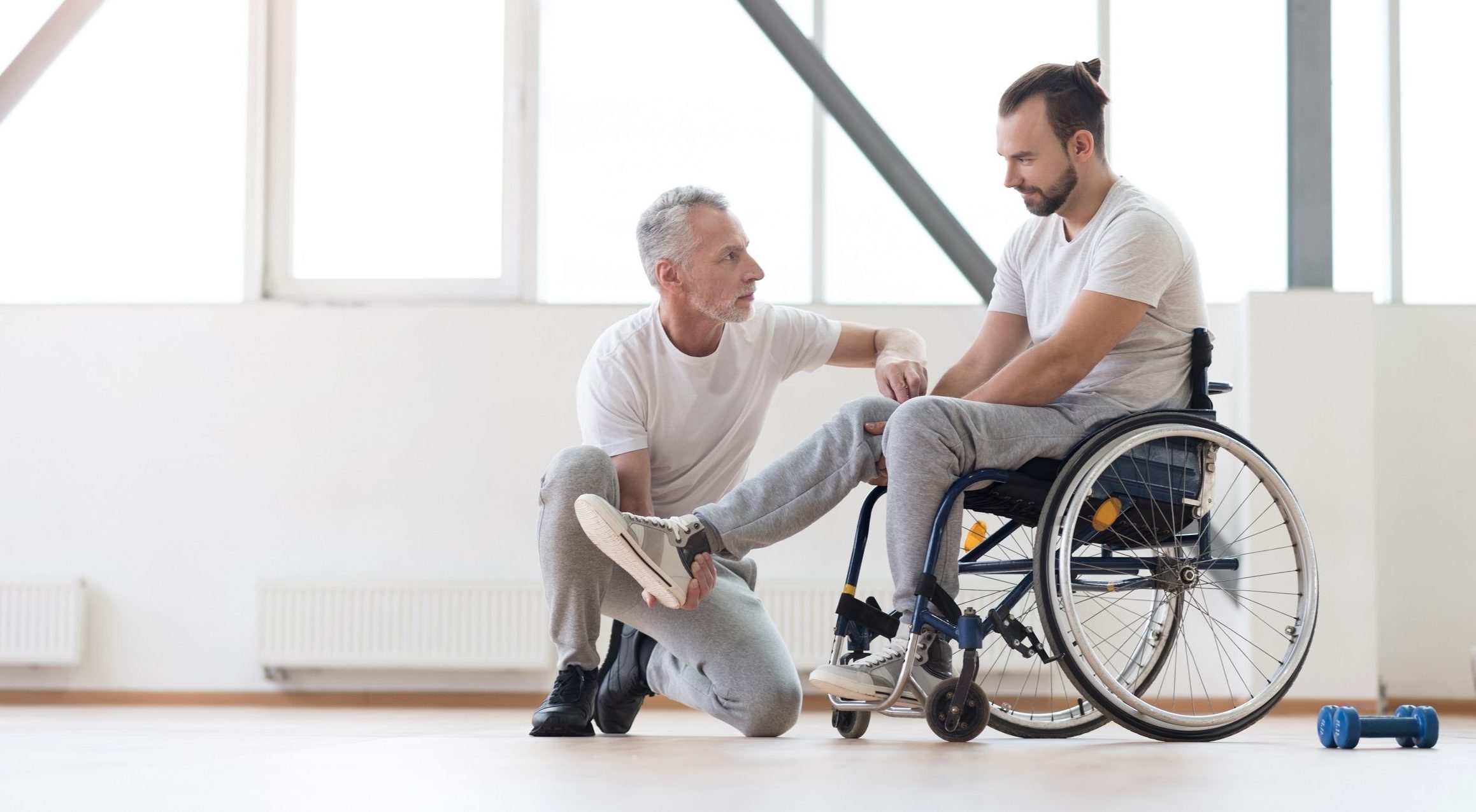
Rehabilitation after a spinal cord injury focuses on the following areas for the patient:
- Maintaining and strengthening existing muscle function and recovery of gross and fine motor function through occupational and physical therapy, medical training therapy, and technology-based therapy
- Learning strategies for coping with everyday tasks
- Using aids to increase independence and mobility
- Learning about and preventing secondary complications
- Receiving counseling and support in managing the new life situation (home environment, school, work, leisure activities, etc.)
As of today, there is no cure for spinal cord injuries. However, it is known that injured nerve cells in the spinal cord are capable of regeneration. Based on this, science and technology are well on their way to offering patients ever more independent lives and one day finding a cure for spinal cord injury.
Sources:
De Gruyter, W. (2017). Pschyrembel. Klinisches Wörterbuch. 267. Auflage. Berlin / Boston
Gratzl O, Merlo A, Rückenmarksverletzungen, in: Siewert J R, Chirurgie, Springer Medizin Verlag Heidelberg; 2006. 203-204.
You might also be interested in
4. April 2023
Health
Rehabilitation
Stroke nutrition guidelines for optimal health
Nutrition as the key part in health and well-being of stroke survivors A healthy, balanced …
21. March 2023
Rehabilitation
Kinesio taping in neurology as a useful therapy supplement
The Kinesio tape and its usefulness in neurological therapy What was originally known only from …
7. March 2023
Rehabilitation
Exercises against freezing of gait in Parkinson’s disease
When the legs freeze – how does the symptom “Freezing of Gait” manifest itself? Parkinson’s …








